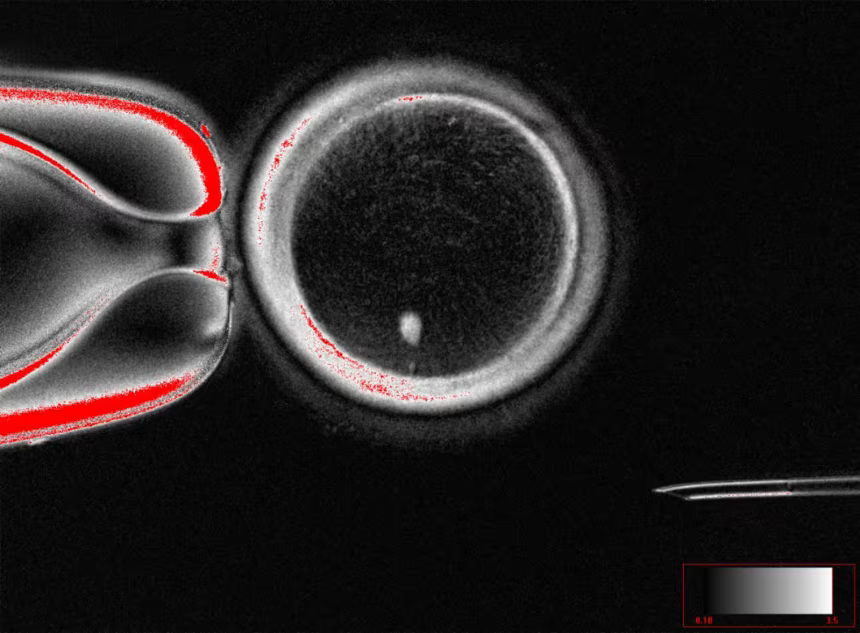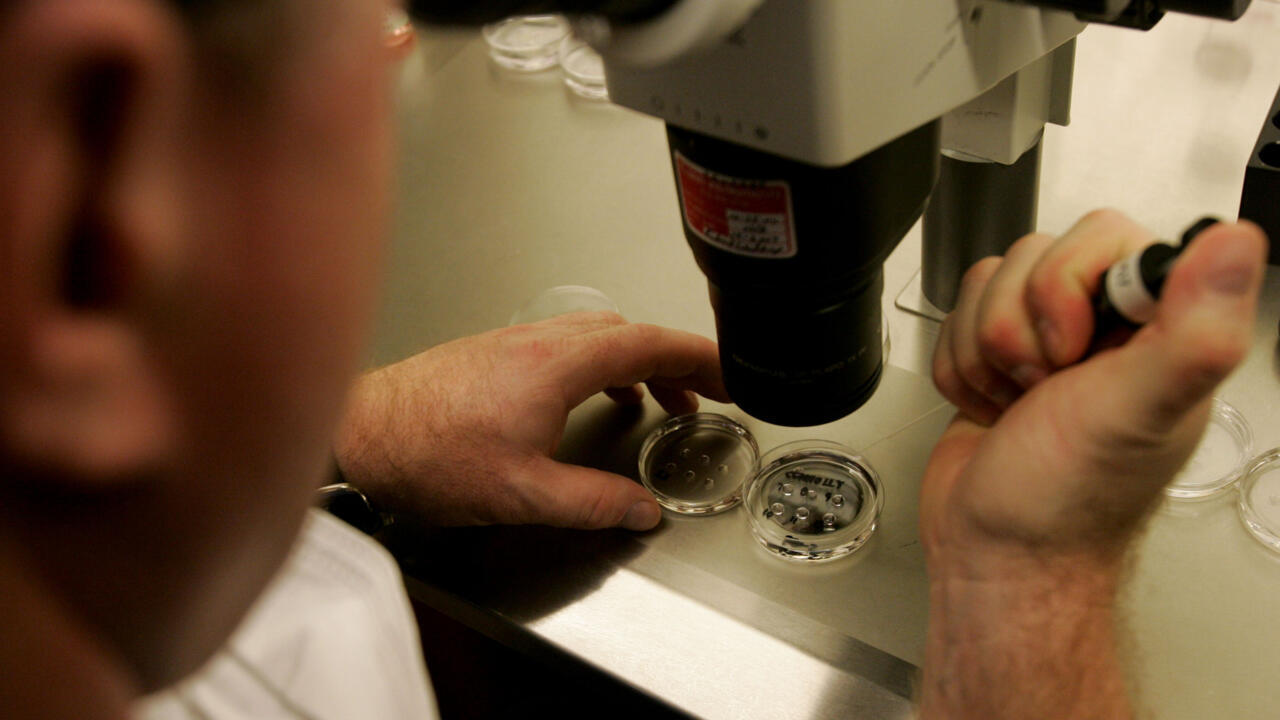What if having children in the future didn’t depend on age, fertility, or even biology in the traditional sense?
That’s the possibility raised by a groundbreaking study out of the US, where scientists have, for the first time, turned human skin cells into eggs.
And even fertilised them with sperm in the lab.
The process, called in-vitro gametogenesis (IVG), is still in its infancy.
Researchers warn it could take at least a decade before it’s anywhere near ready for hopeful parents.
Still, the implications are staggering.
“It could allow older women or those without eggs to reproduce genetically,” said Paula Amato of Oregon Health & Science University.
“It also would allow same-sex couples to have a child genetically related to both partners.”
Lab Eggs Show Early Success
The method borrows from cloning techniques first used on Dolly the sheep in 1996.
Scientists transferred DNA from skin cells into donor eggs.
They then trimmed the chromosome count in half using a novel process they’ve dubbed “mitomeiosis.”

Out of 82 lab-made eggs, some developed into embryos after fertilisation—though only 9% reached a viable early stage, many with abnormalities.
Even so, experts are calling it a “major advance.”
As reproductive medicine specialist Ying Cheong put it: “This could transform how we understand infertility and miscarriage.”
For now, the science is experimental—but the future of family may be closer than we think.





